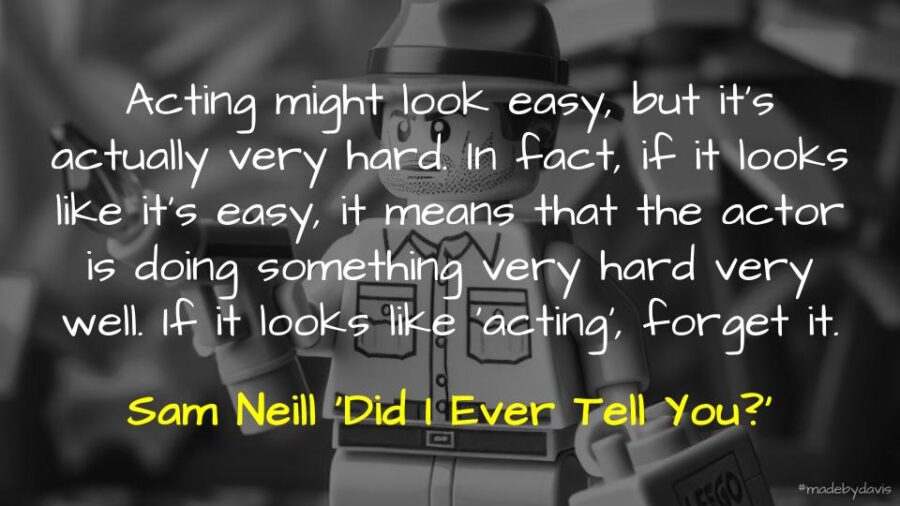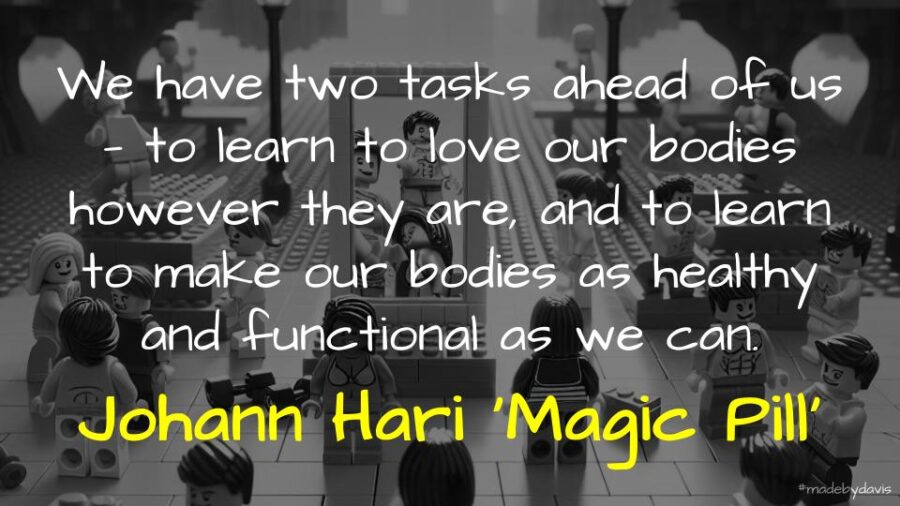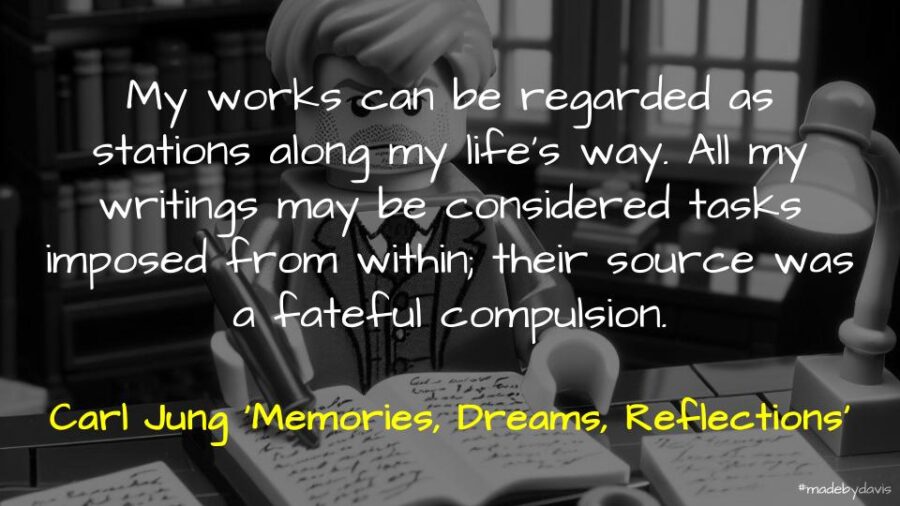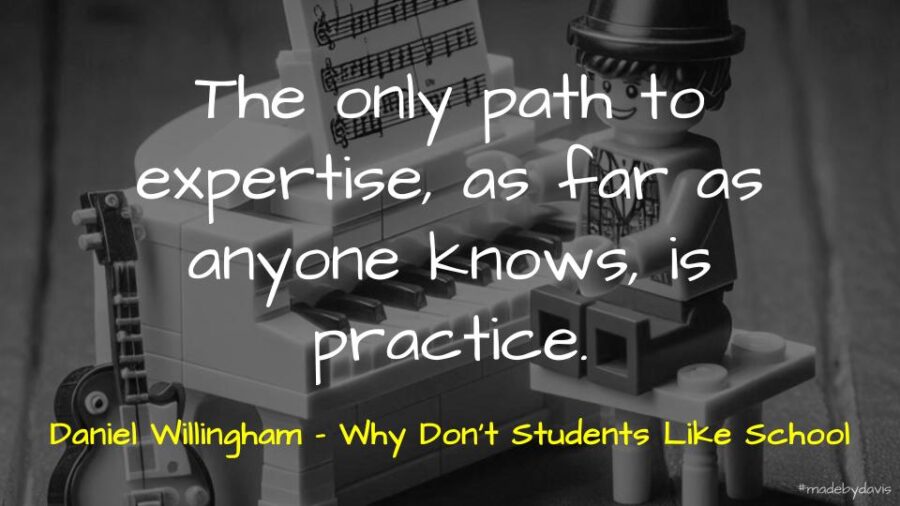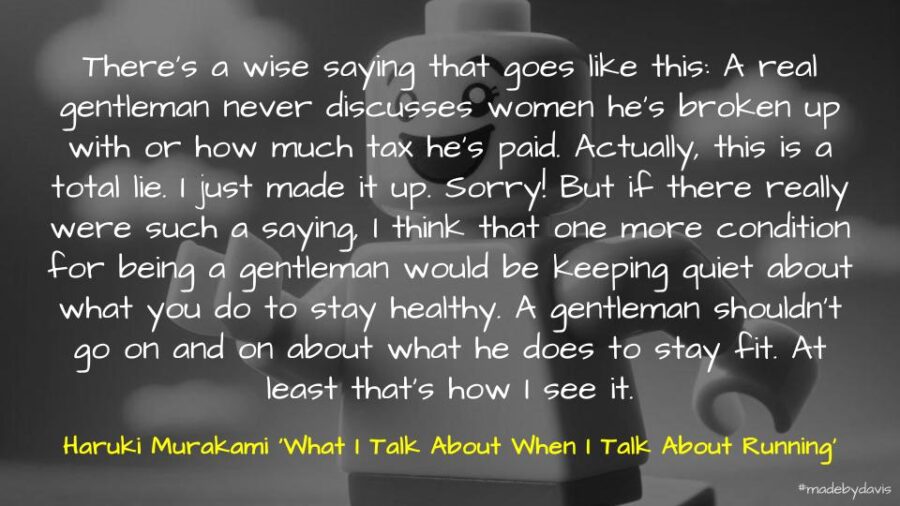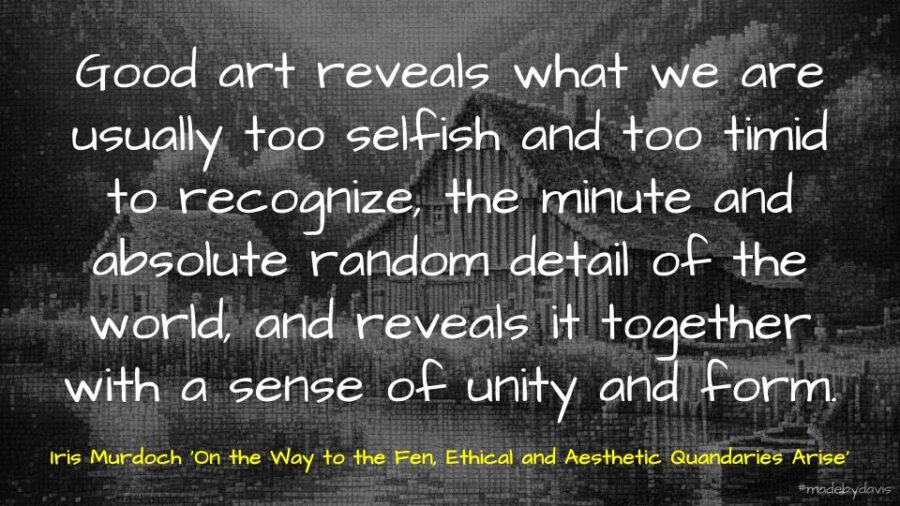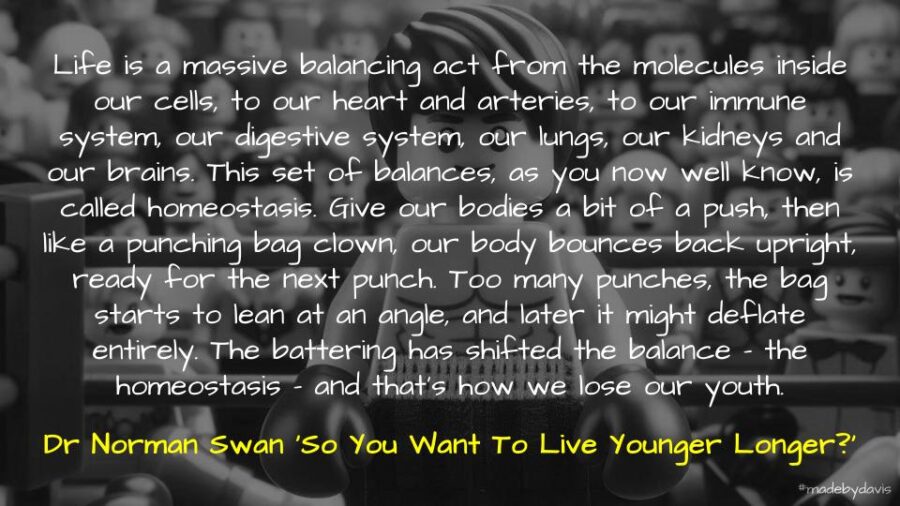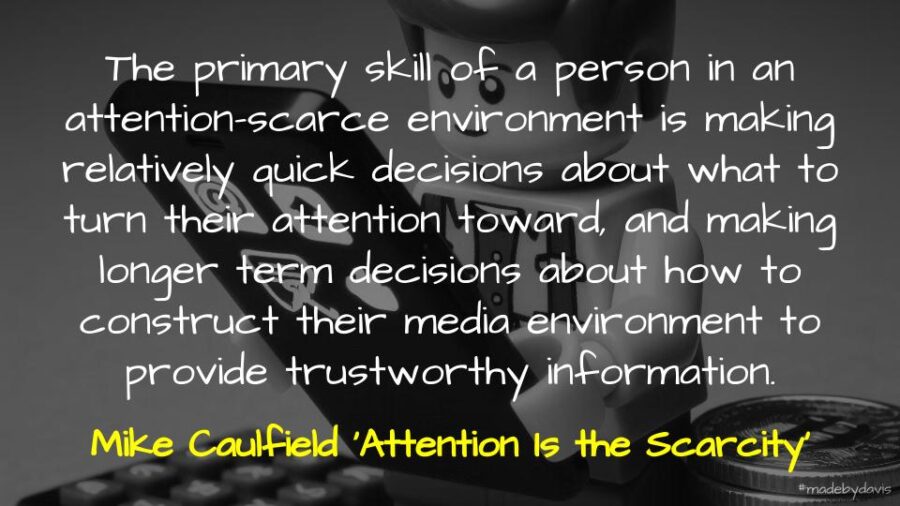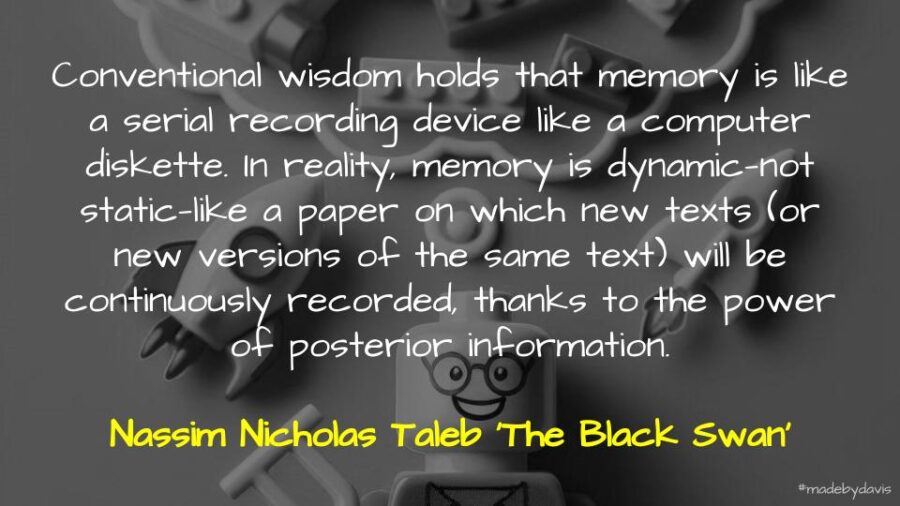I came upon Sam Neill’s memoir Did I Ever Tell You This? via an interview with Sarah Kanowski on the ABC Conversations podcast. I had caught a part of the Australian Story as well. It occurred to me that as a person away from the screen, I really did not know much about Neill. After reading the book, it would seem that it was as much a personal choice on Neill’s behalf as anything else.
Neill was inspired to write the book after being diagnosed with cancer. In part, it was written for his children, in part for the reader, but really for Neill himself.
The thing is, I’m crook. Possibly dying. I may have to speed this up. Suddenly, for the first time in my life, I have time to burn, and time to think. And writing, jotting thoughts and memories down, is a salve. It gets my mind off things.
Source: Did I Ever Tell You? by Sam Neill
In some ways, this memoir presents Neill as an everyday sort of guy. He is not very sporty. Had a stutter when growing up. (Something interesting to consider alongside James Earl Jones experience.) Suffers from hemochromatosis. Enjoys the outdoors. Struggled through university. Grew up hitch-hiking places. Smokes marijuana. And stumbled into acting.
The book itself begins with Neill’s upbringing in New Zealand’s South Island, his family background (father was in the army), going to boarding school, as well as his Irish roots. However, it soon changes track as Neill’s life somehow falls into the world of film beginning with Sleeping Dogs and then My Brilliant Career. This seemingly opens him up to one opportunity after another, especially once he got an agent.
Although it is not necessarily a memoir filled with gossip, Neill cannot help but shares endless stories of the people that he has met along the way (this is epitomised with the private birthday bashes where famous musicians come and perform), the various life journeys he has been on (house in London, Sydney, a winery in Central Otago that is the closest to Antartica), the things that he has owned (the Ralph Hotere painting he lost in the divorce and the Porsche that Judy Davis caught him driving in). It is this side of the book that reminds us that although Neill comes across as humble, a man whose job it is to “sit in caravans”, he most definitely has lived a privilaged life.
The thing I enjoyed the most about the book was Neill’s eye for the odd stories, from Sir John Gielgud’s tale of the Sam Neill who “fucked absolutely everyone in London”, his mother trading a ride with a biker on the back of his Harley in lieu of a ride in her buggy, or recounting the spreading of his uncle’s ashes. What surprised me was how funny Neill is. The roles that I could remember were often quite serious characters, however they clearly do not capture Neill as a person. (On a side note, one of the things that surprised me about this book was how many shows and films he has been in. I could not believe how often I was left think, “Oh yeah, he was in that.”) He certainly has a dry humour, especially for someone going through chemotherapy. Chris Gordon compares reading the book as to being at a dinner party:
I finished this memoir feeling like I had been at a raucous dinner party, seated next to him of course, where tales are flung from one end of the earth to the other and the evening finishes with a lovely Two Paddocks pinot noir. And a relief that he is in remission.
Source: Did I Ever Tell You This? by Sam Neill by Chris Gordon
I think that I would agree with this.
The other thing that stood out throughout was Neill’s general fascination with life. Whereas others would disappear from a conversation, Neill often seems willing to persevere. He comes across as someone willing to hold on tightly and let go lightly. Maybe this is based on the spectre of cancer hanging over him, I am not sure.
However, this fascination is also balanced with being careful of his private life. Lucy Clark touches on this, highlighting the aspects of his life that somewhat absent.
In Did I Ever Tell You This? Neill shares quite a bit more of himself. Indeed he has laid himself quite bare and, like most actors awaiting the reviews, he wants to know how he did. As memoirs go, it is very funny and extremely entertaining, but with a judicious touch of poignancy. No self-pity here. He is an enormously good raconteur and also deliciously indiscreet in some of his tale-telling (co-stars behaving badly, take note). But still, he is careful with his private life. Details of past relationships are either omitted, as in the case of his most recent relationship with the Canberra press gallery journalist Laura Tingle, or referred to fleetingly as with his marriages to actor Lisa Harrow and to film makeup artist Noriko Watanabe. His four children and eight grandchildren appear as careful references to his life’s joy and great love.
Source: Sam Neill on his new memoir and living with blood cancer: ‘I’m not afraid to die, but it would annoy me’ by Lucy Clark
While Madeleine Swain suggests that there are few revolutions.
If you’re looking for gossip, you’ll find plenty to enjoy. But this is hardly the scurrilous slander mongering and barbed brickbats of a Hedda Hopper skewering or an ‘article’ in the National Enquirer. In fact, most of the people Neill mentions he seems to rate pretty highly. But when he does come across a curmudgeon or someone who behaved less than favourably on set, he tells it as he sees it. Though, to be frank, there are few shocking revelations.
Source: Book review: Did I Ever Tell You This?, Sam Neill by Madeleine Swain
I guess that is why this is a memoir, not an autobiography? Personally, I did not mind this. Did I Ever Tell You was the story the Neill wanted to tell and as always, it could have been different, but it wasn’t. Also, it was made all that more meaningful listening to Neill read it.
If you enjoy what you read here, feel free to sign up for my monthly newsletter to catch up on all things learning, edtech and storytelling.
